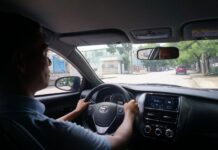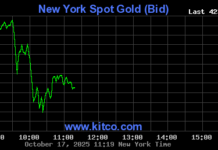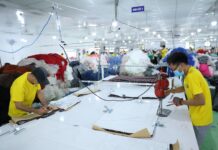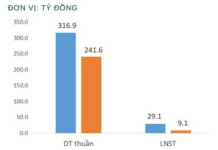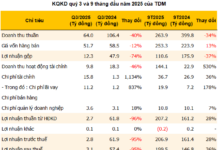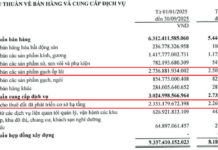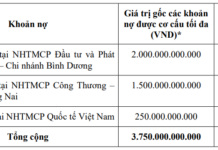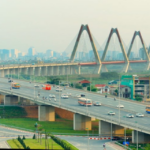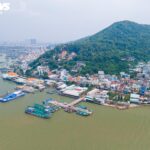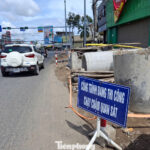The issue of soaring airfares was discussed at the workshop “Can Airfares Be Cooled Down?” hosted by Thanh Nien newspaper on May 17.
Mr. Tran Van Linh, Head of Tourism Management, Kien Giang Tourism Department, stated that the surge in airfares has impacted not only Phu Quoc but also other localities. Phu Quoc, in particular, has witnessed the highest increase in airfares. In 2023, there were 11 routes connecting to Phu Quoc, but now only three remain: Hanoi, Ho Chi Minh City, and Haiphong. The high airfares and service prices have reduced Phu Quoc’s competitiveness, leading to a significant drop in passenger numbers…
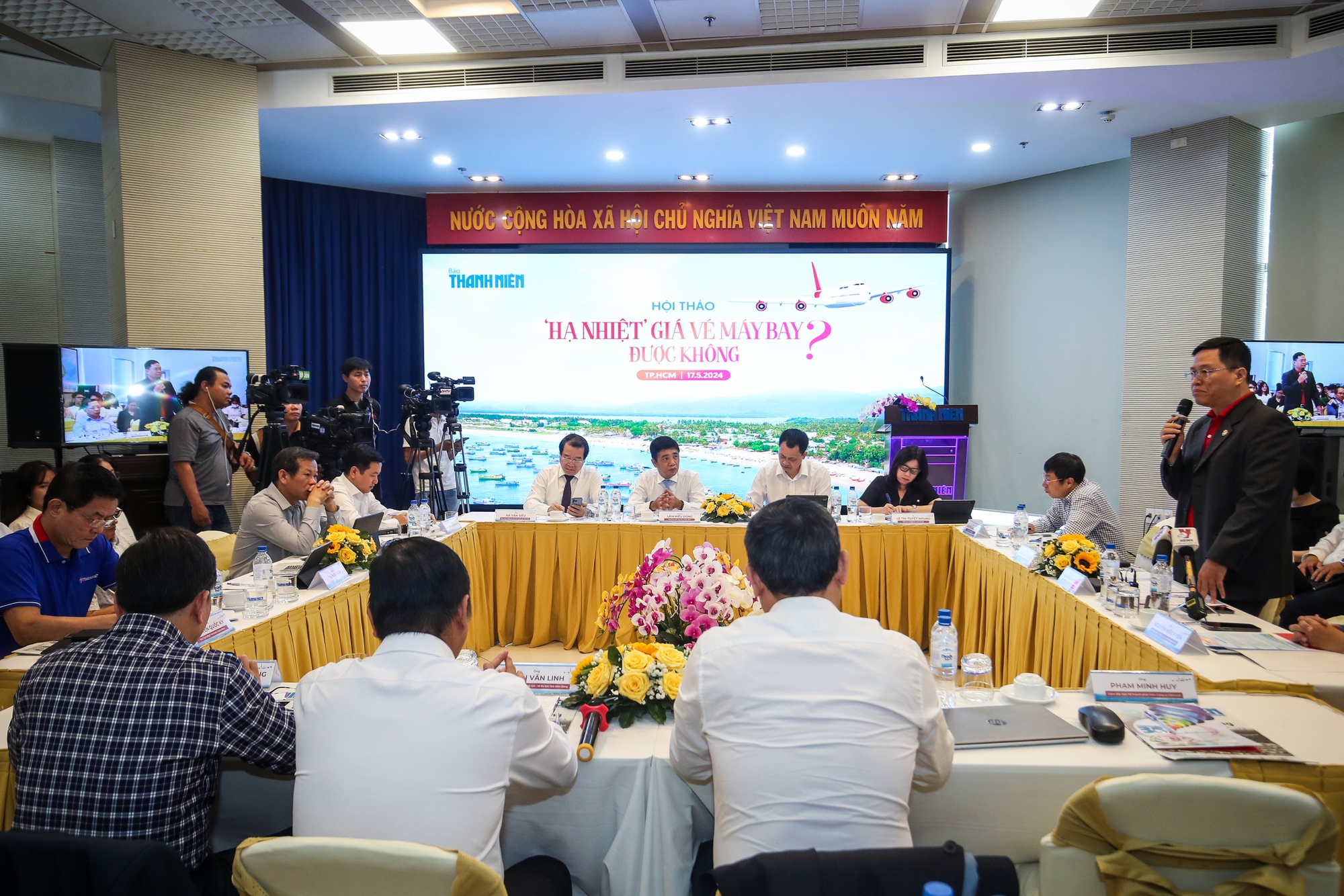
Airfares have increased, but airlines are still facing challenges.
Mr. Nguyen Huu Y Yen, Chairman of the Members’ Council of Saigontourist Travel Service Company, revealed that airfares have risen by about 20% since the beginning of the year. As a result, tourism prices have increased by about 10% compared to the same period last year; a tour that cost 11 million VND last year now costs 12 million VND.
Despite the rise in domestic airfares, Mr. Yen asserted that domestic tour prices in Vietnam are not higher than those of foreign tours, as some people claim. Considering the currency depreciation, difficulties in the aviation industry, and various expenses, a 20% increase in airfares and a 10% rise in tour prices this year are reasonable.
Why are airlines still making losses despite higher airfares? Mr. Dang Anh Tuan, Deputy General Director of Vietnam Airlines (VNA), explained that, currently, the global and Vietnamese aviation industries only profit about 1 USD per passenger. If they encounter unfavorable weather conditions like thunderstorms, which require circling, that small profit is lost.
Airfares have increased by an average of 15-20%, and airlines are striving to reduce prices. However, it is challenging due to rising input costs and multiple factors.
Mr. Dang Anh Tuan attributed the rise in airfares to a 76-77% increase in fuel and aircraft equipment costs. These expenses are beyond the control of not only Vietnam Airlines but also all airlines.
“Compared to 2019, fuel prices have increased by 5.7 trillion VND, and currency exchange rate fluctuations have added another 4.7 trillion VND. The total increase in fuel costs is about 11 trillion VND, which is beyond our control and that of all airlines,” said Mr. Tuan.
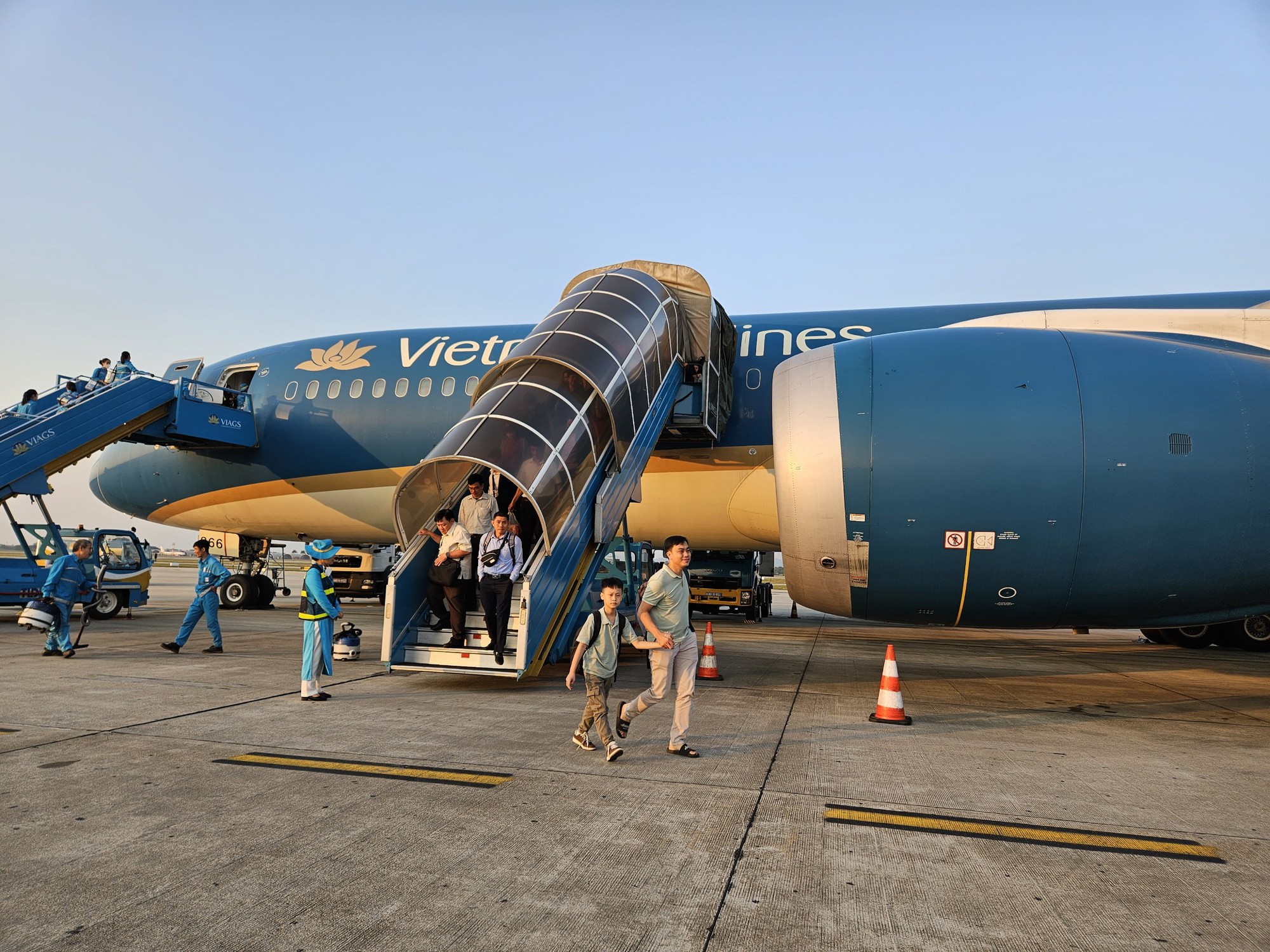
Airfares have increased by about 15-20%, but it’s challenging to reduce them due to higher input costs for airlines, such as fuel prices and exchange rates.
Despite the challenges, Vietnam Airlines is working to reduce costs by about 10% compared to the current level. However, the national flag carrier’s leadership believes that tourism development should not rely solely on the aviation industry but on a combination of different transport types for optimal results.
Aircraft leasing costs are another headache for airlines. Mr. Truong Viet Cuong, Deputy General Director of Bamboo Airways, cited aircraft leasing costs, which account for 55-60% of the total cost of forming airfares, depending on the phase and airline. Just a few months ago, the cost of leasing an aircraft (wet lease) was below 3,000 USD per hour, but it has now risen to 4,000 USD per hour, and there are none available for lease. This is a factor beyond the airlines’ control.
Mr. Le Tien Dung, Deputy General Director of Vietravel Airlines (VU), added that numerous regulations are restraining businesses. For instance, the current regulation allows a maximum of 30% wet-leased aircraft as a supplement. Vietravel Airlines has three aircraft, and if they want to lease more, they can only add one, limiting their ability to increase capacity during peak seasons.
So, how can we achieve reasonable airfares? Airlines suggest that the most important factor is a flexible ceiling price based on fuel costs and input prices, rather than a fixed one. They propose that the government consider submitting a request to the National Assembly to reduce import taxes on fuels to support the airlines during this challenging period. They also suggest improving airport management procedures to reduce aircraft turnaround times…
Need for Synchronized Linkage between Aviation and Tourism
Predicting the upcoming trend, Mr. Nguyen Quoc Ky, Chairman of the Board of Directors of Vietravel and Vietravel Airlines, affirmed that the shortage of aircraft and high input costs would continue to plague the aviation industry until the end of the year. Therefore, finding a solution to the issue of soaring airfares requires the collaboration of multiple entities.
“Localities aiming to stimulate tourism can encourage and consider supporting airlines when they open new routes. Airlines can support travel and tour companies by reducing series booking deposits, allowing multiple payment installments, and permitting deferred payments… Destinations, on-site services, and travel companies should collaborate, and airlines should also cooperate, provided there is a common supportive policy from the government,” suggested Mr. Ky.

